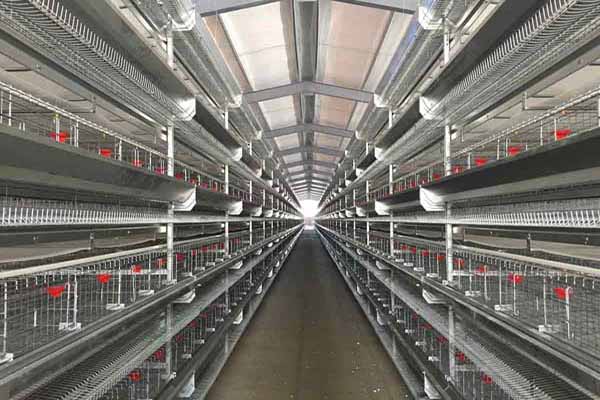How Much Does It Cost to Start a Chicken Farm?
Time : 2025-07-03
Starting a chicken farm can be a rewarding venture, offering opportunities for food production, sustainable agriculture, and potential for profit. However, determining the initial investment cost is crucial for anyone considering this venture. This article will delve into the various aspects of starting a chicken farm, including the necessary equipment, space, and operational expenses. By the end, you’ll have a clearer understanding of the costs involved in getting your chicken farm up and running.
Understanding Chicken Farming Costs
When calculating the cost of starting a chicken farm, it’s essential to consider both the startup and ongoing expenses. These costs can be broadly categorized into:
– Initial Investment
– Ongoing Operating Costs
– Contingency and Miscellaneous Expenses
Initial Investment
The initial investment for a chicken farm includes the costs associated with building or leasing a facility, purchasing equipment, and covering any other one-time expenses. Here’s a breakdown of the key components:
Facility Costs
1. Land Acquisition: The cost of land will vary greatly depending on location, size, and quality of the land. You might need anywhere from 1 to 10 acres, depending on the scale of your operation.
2. Building Costs: Constructing a chicken farm can range from $30 to $50 per square foot. This includes the cost of materials, labor, and permits.
3. Utilities and Infrastructure: You’ll need to install electrical systems, water lines, and possibly natural gas lines. This could cost an additional $5,000 to $10,000.
Equipment Costs
1. Henhouses and Coops: The cost depends on the size and design. You might spend between $5,000 and $15,000 for the initial structures.
2. Ventilation and Heating Systems: A proper ventilation system can range from $2,000 to $5,000. Heating systems, depending on the climate and size, can cost up to $10,000.
3. Feeding Equipment: Feeders and waterers for your chickens will cost around $1,000 to $3,000. Automated feeding systems can be more expensive but can save labor costs.
4. Roosts and Nesting Boxes: Depending on the number of chickens, this can range from $1,000 to $5,000.
5. Culling and Processing Equipment: If you’re planning to process your chickens for meat, you’ll need equipment that can cost from $2,000 to $10,000.
Other Initial Costs
1. Fencing: To keep predators out and protect your chickens, you might need to invest in fencing, which can cost $5,000 to $20,000, depending on the material and size.
2. Permits and Inspections: Local regulations may require certain permits and inspections, which can add up to $1,000 to $2,000.
3. Insurance: Depending on the coverage, insurance for your farm can cost anywhere from $1,000 to $3,000 per year.
Ongoing Operating Costs
Once your chicken farm is up and running, you’ll incur ongoing costs that include:
Chicken Purchase and Rearing Costs
1. Chickens: Buying chickens can range from $0.50 to $2.50 per chick, depending on the breed and age.
2. Feed: The cost of feed is one of the largest ongoing expenses, averaging $1 to $2 per chick per day.
3. Medications and Vaccinations: Preventive healthcare and treatment for illness can cost $0.10 to $0.50 per chick per day.
Operational Expenses
1. Labor: Full-time labor can cost anywhere from $1,000 to $2,000 per month.
2. Utilities: Water and electricity can cost $200 to $500 per month, depending on the size of your farm.
3. Maintenance: Regular maintenance of the buildings and equipment can range from $200 to $500 per month.
4. Insurance: Annual insurance premiums vary, but they are generally around $1,000 to $3,000.
Contingency and Miscellaneous Expenses
It’s crucial to have a contingency fund for unexpected expenses. A good rule of thumb is to have at least 10% of your total investment set aside for emergencies.
Conclusion
The cost to start a chicken farm can vary widely, but a rough estimate for a small to medium-sized operation ranges from $100,000 to $500,000. This includes the initial investment in land, buildings, equipment, and permits, as well as ongoing costs for chicken purchase, feed, labor, utilities, and maintenance.
Tags












